Some plants in the diverse world of flora have the exceptional capacity to escape the limitations of the normal growth rate of plants.
These plants have several times been overlooked because their larger counterparts are prioritized more.
Among these terrarium plants, a selected number stands out as the quickest-growing tiny plants, confounding the assumptions and capturing the imagination.
These botanical wonders, which range in size from microscopic Wolffia that live in aquatic environments to bamboo that can be grown indoors, show how rapid development can occur in nature.
So get ready to explore the fascinating world of small terrarium plants that grow faster than most.
Wonders of Nature: Discover the Fastest Growing Plant
Holding any title can be difficult and competitive, and Wolffia has been doing so for as long as you find the fastest-growing small plant.
The amazing aquatic wonder Wolffia defies expectations with its astounding growth rates and is also timely neglected, being the smallest in size.
Due to the simple structure of Wolffia, they can develop faster than many other plants with complex structures.
1. Faster Growth Adaptations

These tiny plants belong to the Lemnaceae family, and their size measures only a fraction of a millimeter in diameter.
If the right circumstances are provided to Wolffia, its biomass can quickly double in a few days.
If you wonder what could lead to this rapid development, the plant’s photosynthetic ability and the capacity to take up nutrients from the surrounding water immediately.
The plant’s lack of roots and leaves lowers its energy consumption, allowing it to focus all of its resources on growth and reproduction.
Also, Wolffia’s high surface area to volume ratio ensures that nutrients and sunlight are absorbed effectively.
2. Required Conditions for Plant Growth

Wolffia requires precise environmental conditions for it to develop quickly.
Ponds, marshes, rice paddies, etc., are a few examples of nutrient-rich, calm, or slow-flowing waterways, and the plants prefer to grow in such conditions.
Warm temperatures and a lot of sunshine also play a great role in facilitating the rapid growth of Wolffia.
3. Wolffia for Us

In the overall picture of plant diversity, Wolffia could appear unremarkable, with much to offer.
The plant has attracted interest and is also considered a possible sustainable food source due to its rapid growth and high nutritional content.
Thus, many have been including this plant in their diets in several ways.
There are also details claiming that Wolffia plants are proven to absorb toxins from polluted water sources.
So, if the plant is used for water treatment one day, it must not be a surprise for you.
Other Fastest Growing Small Plants
Well, Wolffia is, of course, the fastest-growing small plant you will find, but various other plants grow faster, not as much as Wolffia, but faster than many.
Here are some examples enlisted.
1. Mint
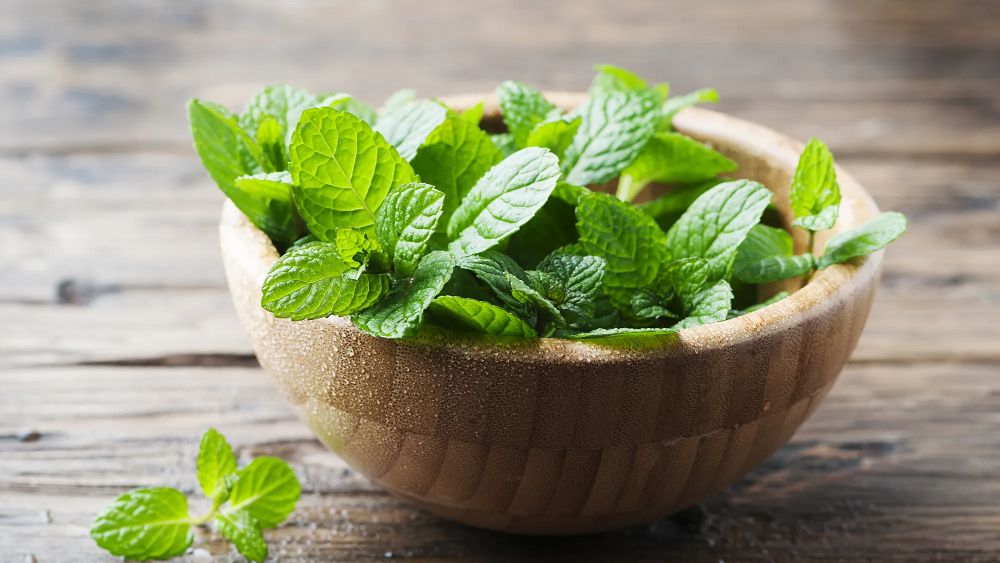
Mint is a popular herb grown in many households.
It is considered an effective ground cover because of its rhizomatous growth style, which allows it to spread swiftly.
And yes, its medicinal value and other effects also make it a significant plant.
2. Aloe Vera
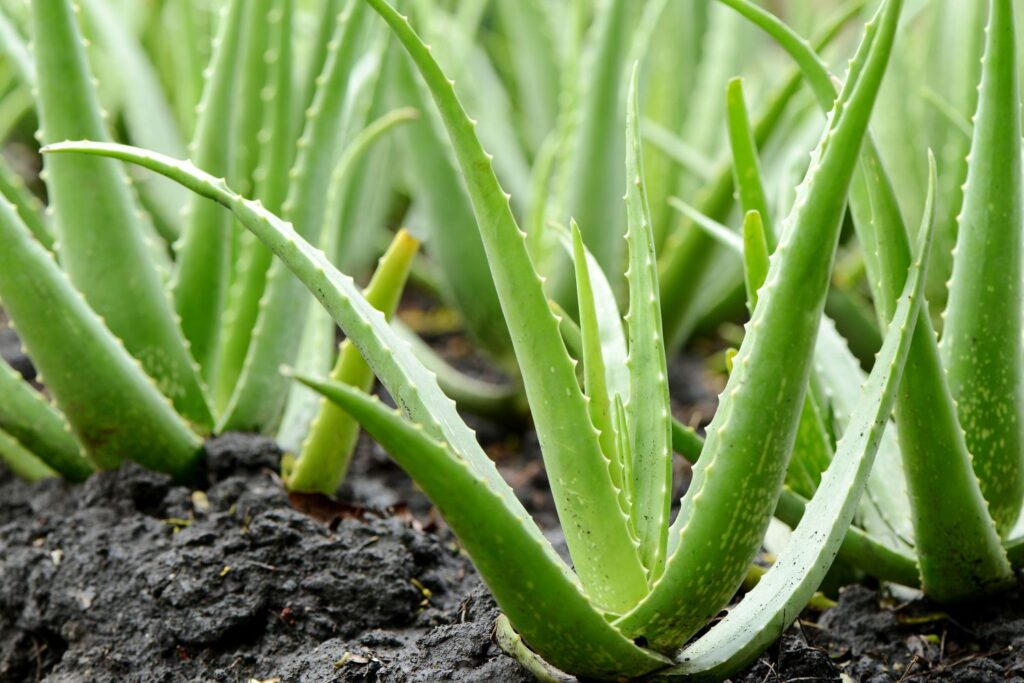
Aloe Vera is a succulent that spreads swiftly by offsets so that it may fill a container rather quickly.
Whether you wish to use it for your skin, hair, or any other medicinal purpose, it is considered one of the best.
3. Bamboo

Some Bamboo species, renowned for their high growth rates, can expand several feet in a single day under the right circumstances.
Their aggressive spread can sometimes be a problem, so it should be taken care of.
4. Lemna

Popularly known as the Duckweed, the Lemna species, like the Wolffia, can grow rapidly.
These plants also grow the fastest in a nutrient-rich environment and belong to the same plant family as Wolffia.
5. Algae
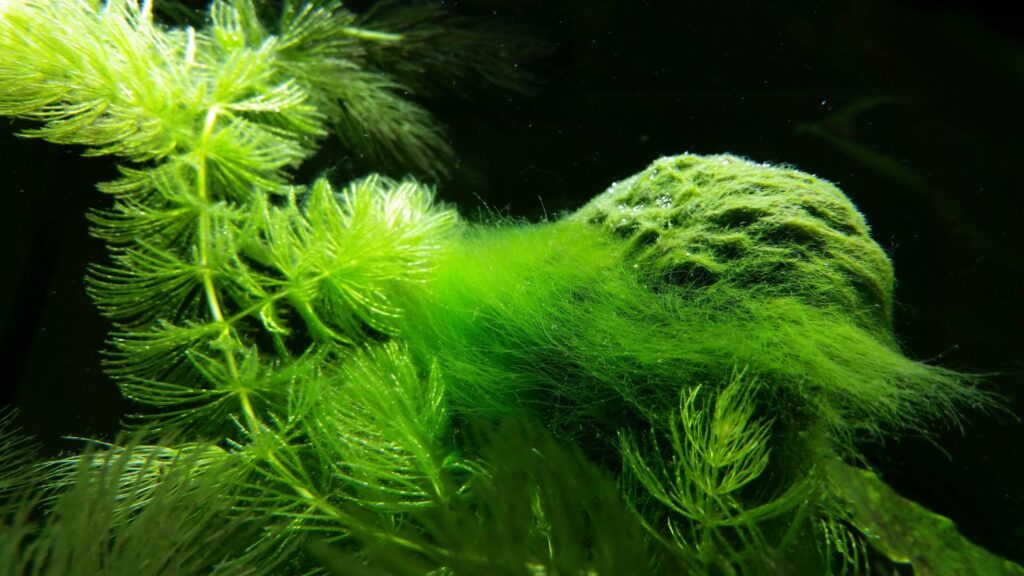
Although technically not plants, algae may grow incredibly quickly, especially in nutrient-rich environments, where they are known to produce dense blooms.
Some algae can be poisonous, while some have nutritional and medicinal content.
Wrapping Up
From the tiny Wolffia to the towering Bamboo shoots, these botanical miracles display a variety of growing techniques.
Each plant has a distinct history of fast proliferation sparked by certain physiological adaptations and environmental triggers.
The simple structure of the plants also leads to their faster growth, and the environment, which has great nutrient components, facilitates rapid growth.
Beyond their quicker development, these plants are also essential to their ecosystems, affecting habitats and frequently as food sources.
These wonderful plants show nature’s capacity and what is possible for them.
These speedsters are very significant and thus should be valued as such.
Frequently Asked Questions
What is the Fastest Growing Small Plant Indoors?
Wolffia is surely the fastest-growing small plant but develops in an aquatic habitat.
Some of the fast-growing small plants that can be placed indoors include aloe vera, Pothos, Bamboo, Jade Plant, Snake Plant, Ficus, Velvet Plant, Spider Plant, and many more.
However, you must provide the proper care and the required growing environment to see the rapid development.
What Plants Grow in 30 Days?
Among the fastest-growing plants, many grow in about a month.
Yes, some plants can grow in just 30 days, and these plants are Green Onions, Radishes, Spinach, Lettuce, Mustard Green, Cress, Arugula, and more.
If you provide the required growing conditions to the plants, then wait for 30 days and see the results for yourself.





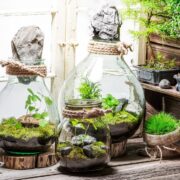
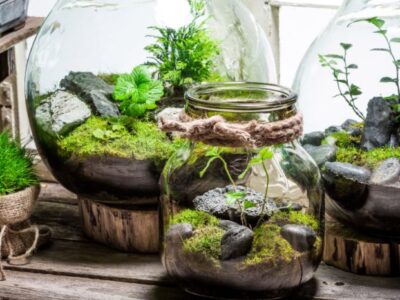
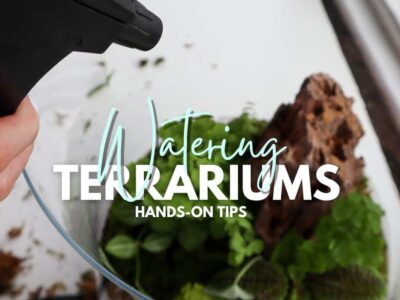
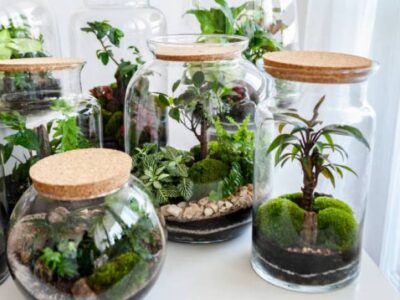

Comments